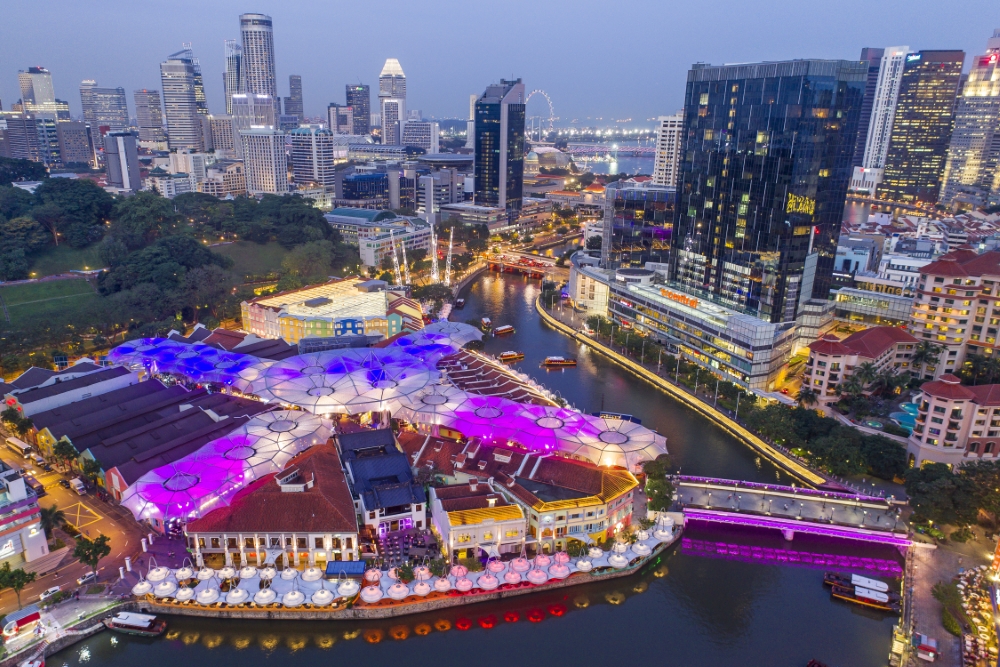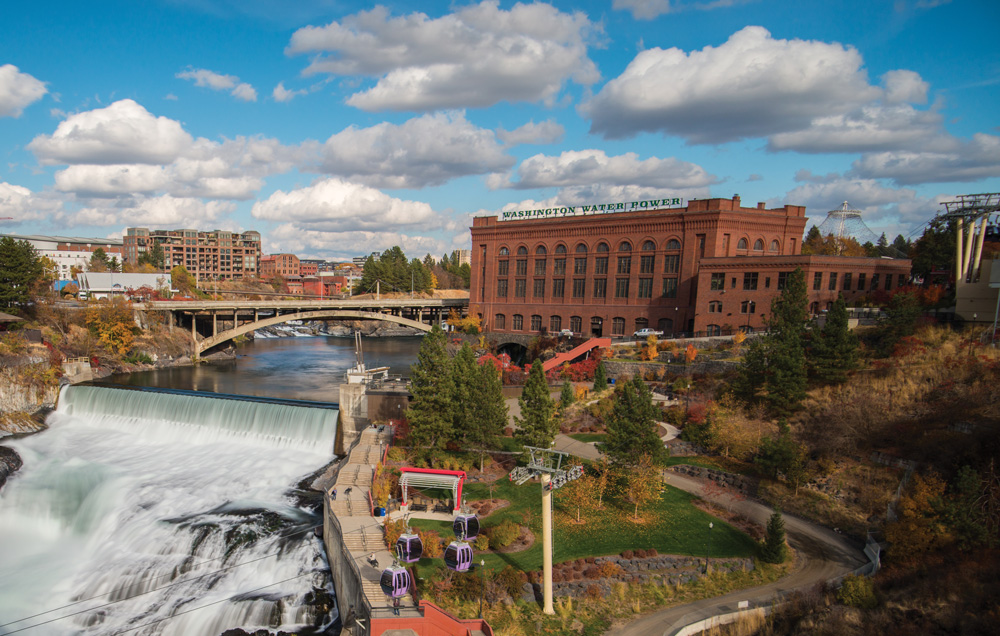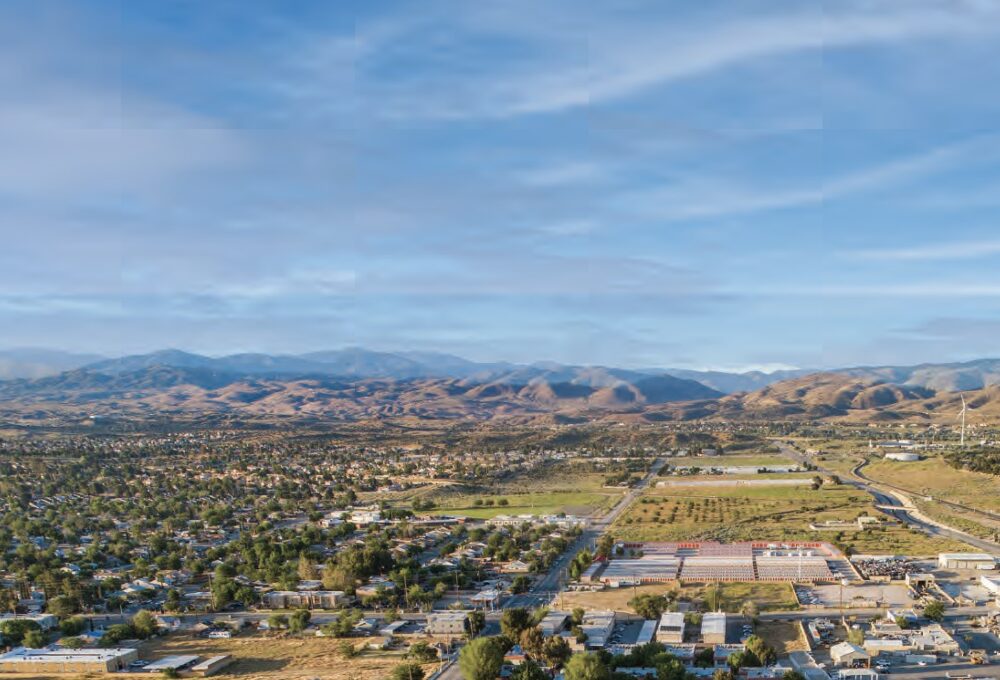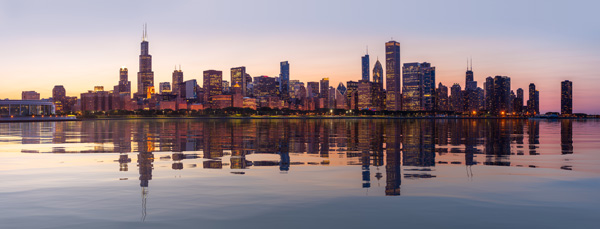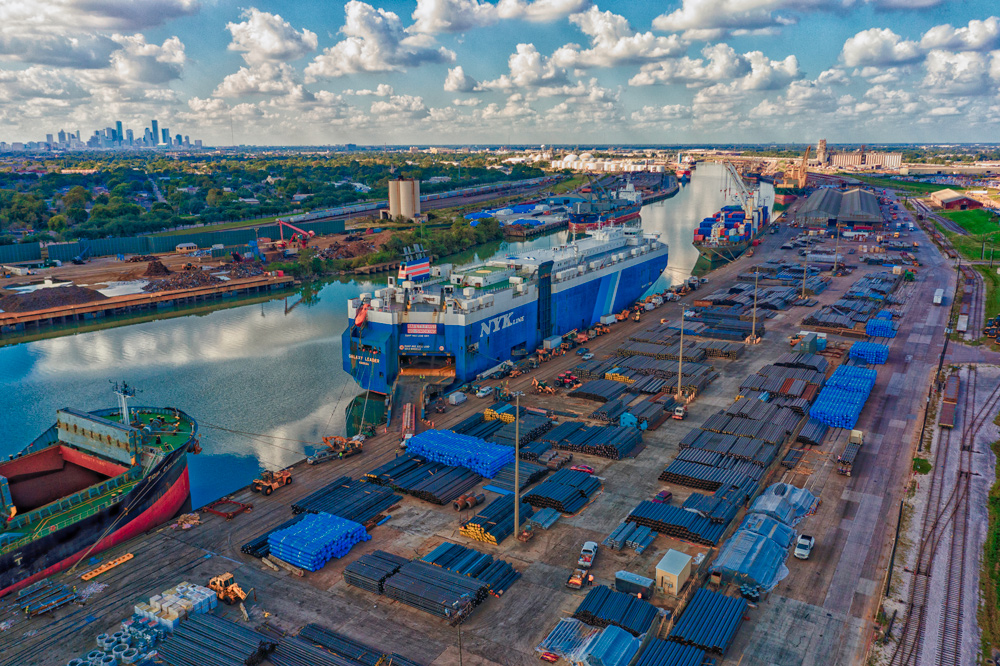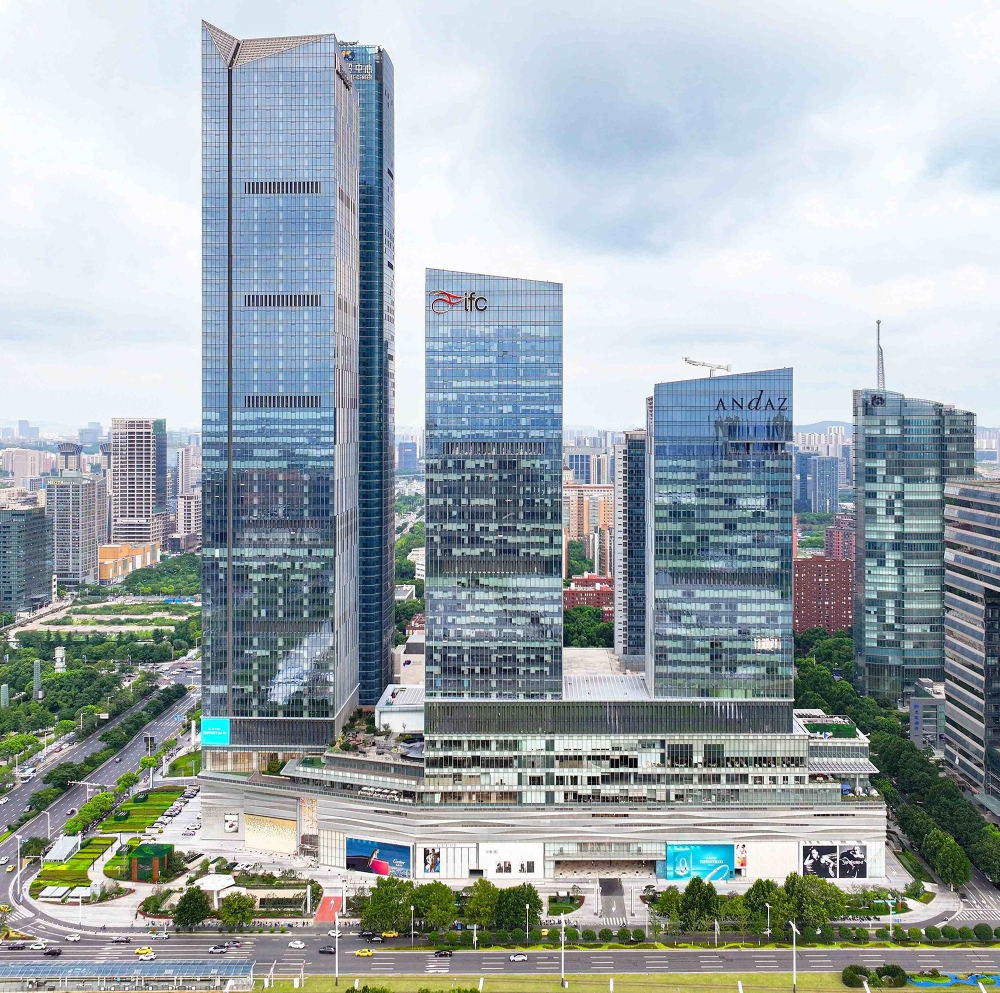
Nanjing ifc mall, located in the heart of the Hexi Central Business District (CBD) in Nanjing, opened in August and received LEED-Platinum certification this week.
Photo courtesy of Sun Hung Kai Properties
|
|
Concurrent with the recently convened Greenbuild conference in Philadelphia, the U.S. Green Building Council (USGBC) released a trio of reports shedding light on green building progress to this point and where sustainability in the built environment needs to go next.
On November 12, the USGBC teamed with UK’s Building Research Establishment (BRE), the Green Building Council of Australia (GBCA), the Singapore Green Building Council (SGBC) and Alliance HQE-GBC France to release “Building Transition: How to Scale and Finance an Inclusive Transition for the Built Environment,” which focuses on the 75% of lower-performing buildings that have not yet adopted green building practices.
The next day, the USGBC released PERFORM, a new offering that the organization said “provides guidance, tools, and third-party verification from GBCI, helping organizations meet sustainability goals and reporting requirements while improving portfolio-wide performance.” Among its data partners on the new system is Measurabl, one of Site Selection’s data partners for the publication’s annual Sustainability Rankings.
And on the day after that, the USGBC released its USGBC Impact Report, a review of three decades of work. “The report notes that LEED certified projects across all certification levels are designed to save more than 120 million metric tons of CO2 emissions,” the USGBC stated. Additional highlights include:
- 195,000+ LEED projects in 186 counties
- 29 billion total square feet of LEED-certified space
- More than 547,000 LEED-certified residential units
- More than 330 LEED certified Cities and Communities
- 5,000 certified schools impacting eight million students
- 5,300 USGBC member organizations
“The impact of our community extends beyond buildings,” said USGBC President and CEO Peter Templeton. “Our global community has shaped policy, shifted markets toward sustainable and healthy materials, inspired generations of professionals, and proven that the built environment can be a leading contributor to a better future for all.”
|

